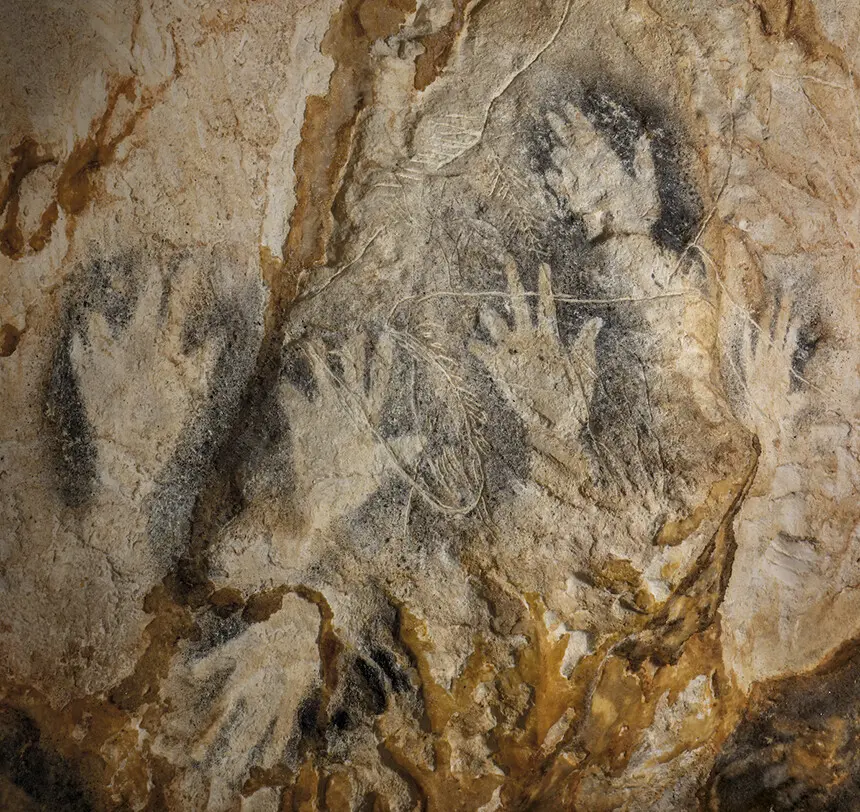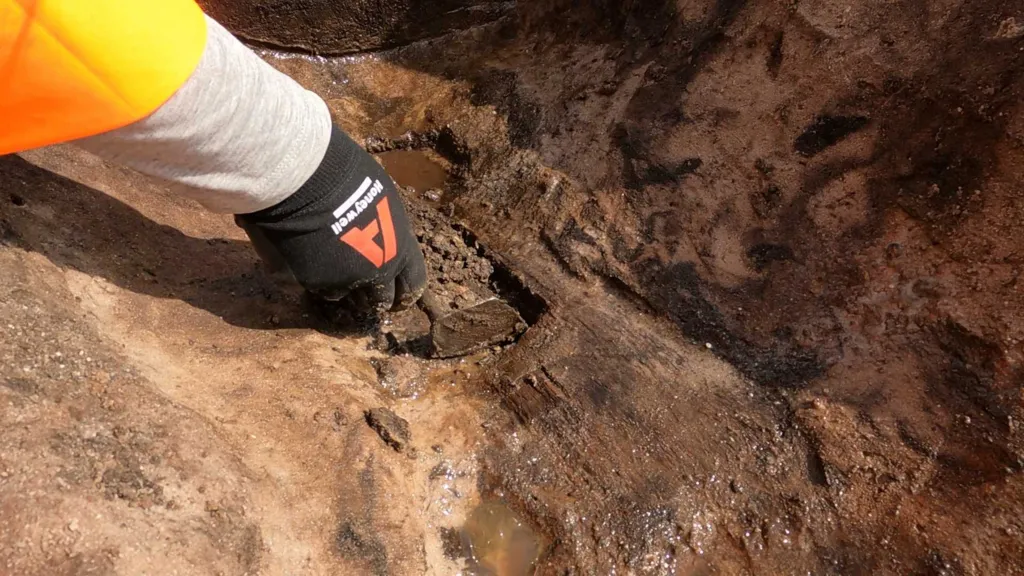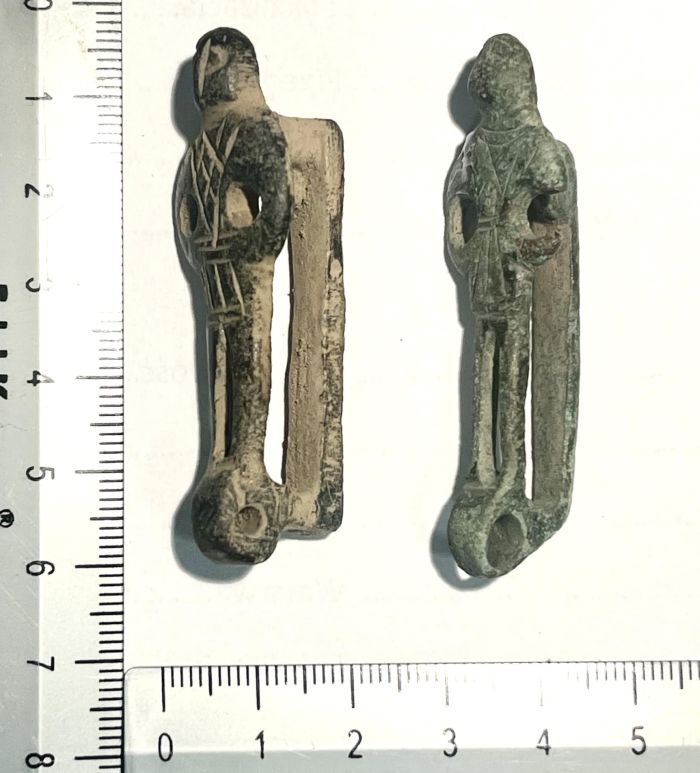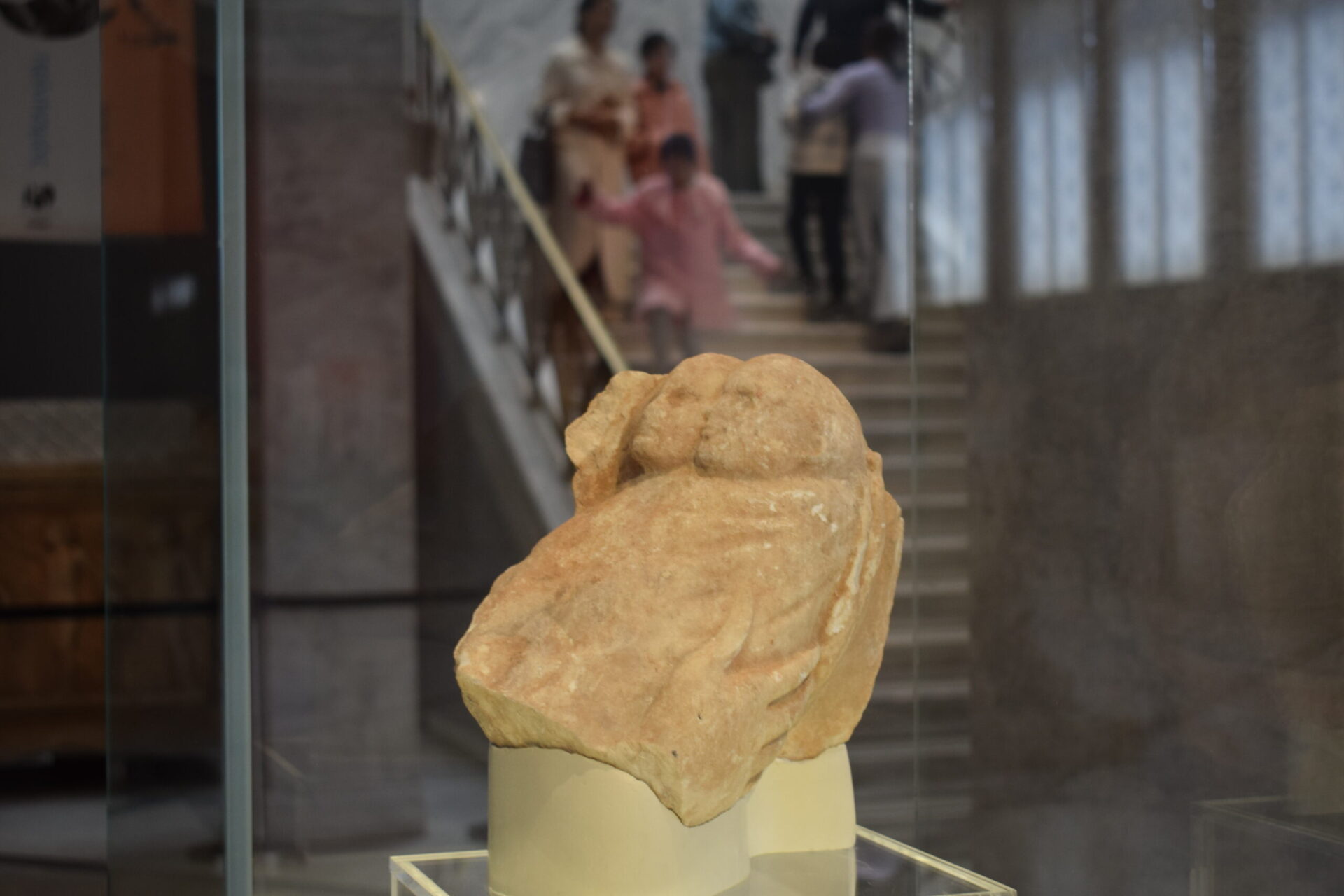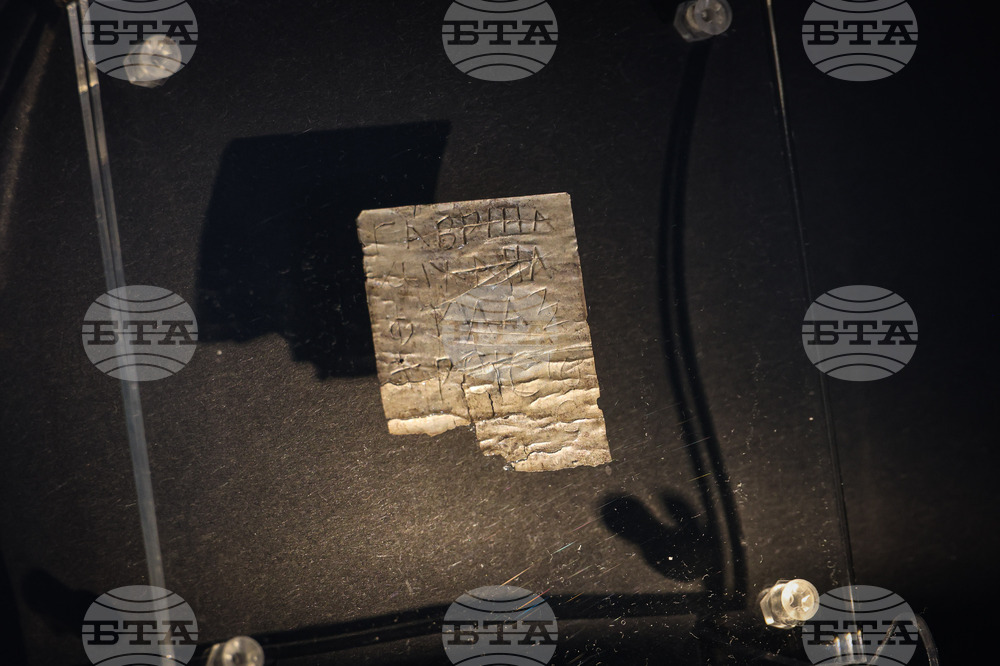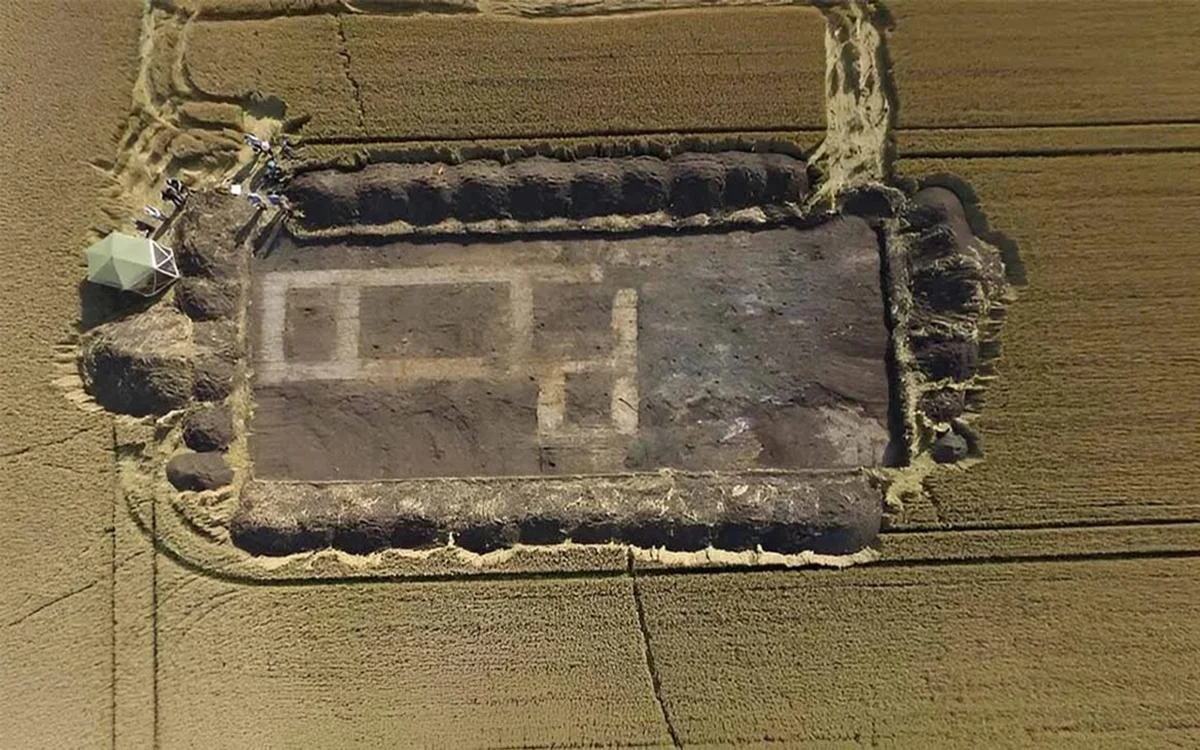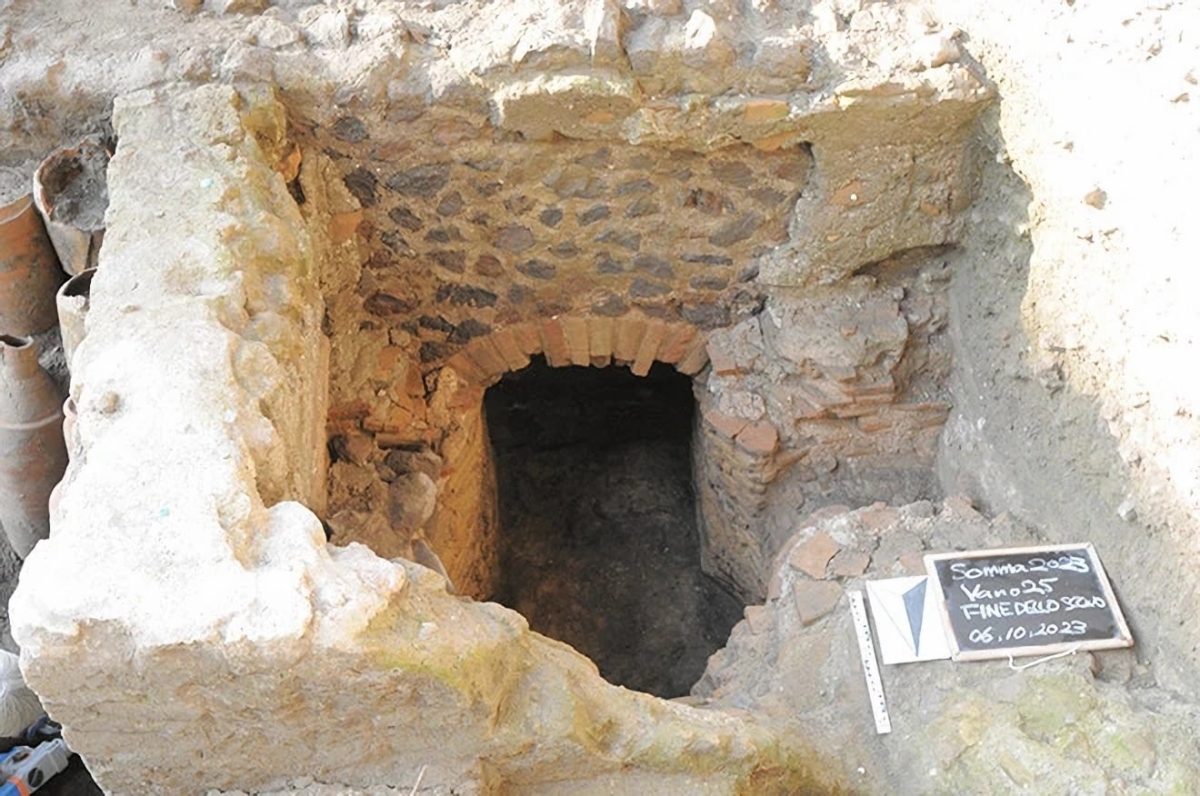A 1,800-year-old clay seal from the Sassanid era, written in Pahlavi script, reads the name of the Iranian city of Shiraz.
The territory of the Sassanid Empire (224-651 AD) included present-day Iran, Iraq, Armenia, Afghanistan, eastern parts of Turkey and parts of Syria, Pakistan, the Caucasus, Central Asia and Arabia.
The Sassanids called their empire Eranshahr “Empire of the Aryans (Persians)”. Ardeshir I founded the Sassanid Empire or Sassanid Dynasty after his victory over the last Parthian (Arshak) ruler, Artabanus Ardavan IV. It ended when the last Sassanid Shahanshah (King of Kings), Yazdigerd III (632-651), lost his 14-year struggle to expel the growing Islamic empires.
The Sassanid period is considered one of the most important and influential historical periods of Iran. Persia had a significant influence on Roman civilization during the Sassanid period, and the Romans only gave the Sassanid Persians equal status.
The find is significant as it solidifies the history of Shiraz, located about 60 km south of Persepolis, once the ceremonial capital of the Achaemenid Empire (550-330 BC).
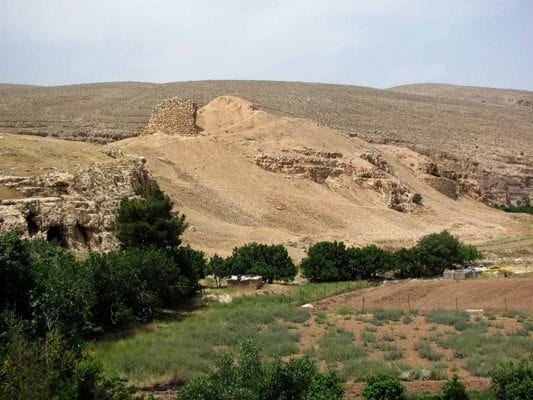
The seal is kept at the Metropolitan Museum of Art in New York. These seals were unearthed during three seasons of archaeological excavations conducted by experts from the Metropolitan Museum of Art from 1932 to 1935.
According to the Met Museum, this seal was influenced by four seals of different sizes. The seal depicts a lion walking to the right, a monogram, an inscription and a four-legged horned.
This seal was one of more than five hundred seals recovered from the Sassanid fortress at Qasr-e Abu Nasr. The building burned down, baking the clay and preserving the seal impressions, which is how the cache survived.
Iranian archaeologist Mohammadreza Nasab-Abdollahi said that based on his research, he had identified the name of Shiraz in Pahlavi script (Middle Persian) on the “Sassanid clay seal” recovered from archaeological excavations at “Qasr-e Abu Nasr” east of Shiraz about a century ago.
On April 6, Iranian archaeologist Mohammadreza Nasab-Abdollahi confirmed to ISNA news agency that the inscription “Mugh-e Shiraz” was deciphered on these Sassanid clay seals.
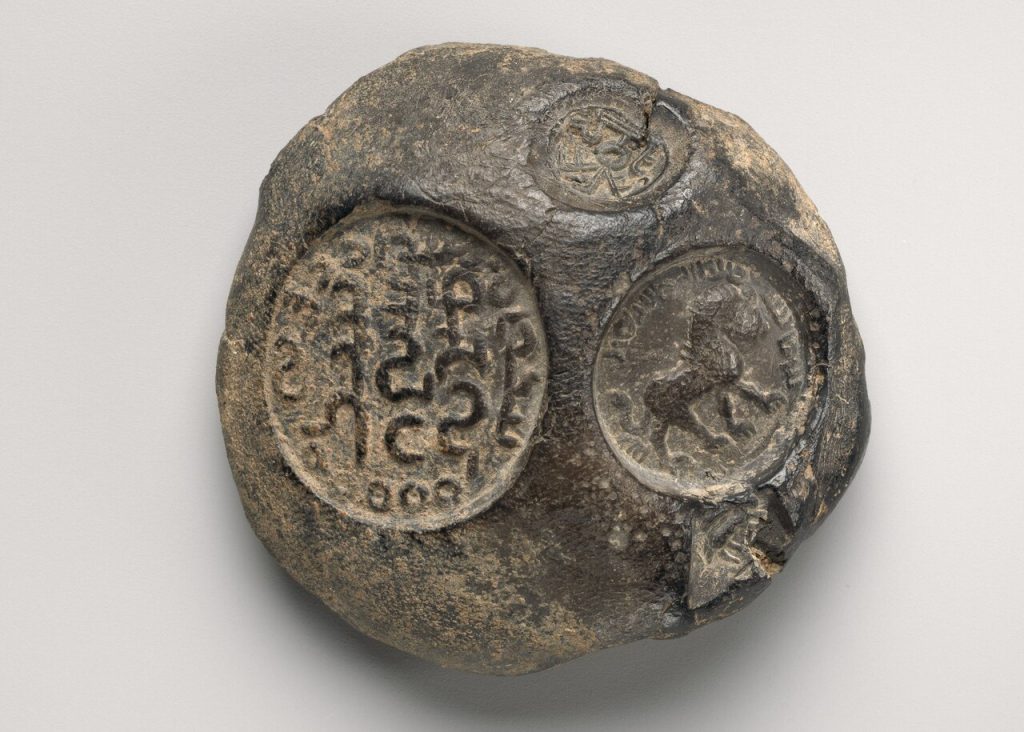
According to Nasab-Abdollahi, archaeological research shows that Qasr-e Abu Nasr in Shiraz exhibits a cultural range from the Achaemenids to the Abbasid period and its primary settlement dates back to the Sassanid era.
“The archaeological findings from Qasr-e Abu Nasr reveal a wide range of administrative systems, techniques and defense structures,” the archaeologist said.
He also emphasized that archaeological evidence from the Sassanid period, including such clay seals, as well as artifacts from the Achaemenid period, such as inscribed bricks from Persepolis, confirm that the city known today as Shiraz bore the same name in antiquity and was among the important cities of ancient Iran.
Cover Photo: Tehrantimes





